Spectrum of Change in Ecclesiastical Architecture Through Contemporary Stained Glass in Modern Church Interiors
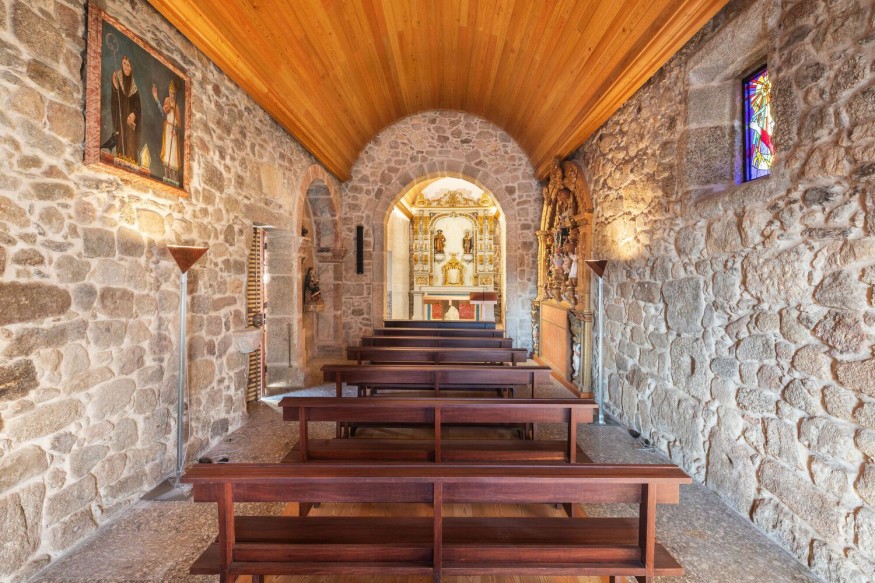
The classical aesthetic of church architecture profoundly impacts individuals, regardless of their religious affiliations. The soaring arches, intricate stonework, and the vibrant play of light through stained glass windows contribute to the spiritual ambiance within these sacred spaces. While the timeless beauty of traditional church design endures, the changing dynamics of faith and modern values have prompted a transformation in ecclesiastical architecture. This article explores contemporary stained-glass installations that reflect a departure from traditional religious iconography, embracing inclusivity and wellness.
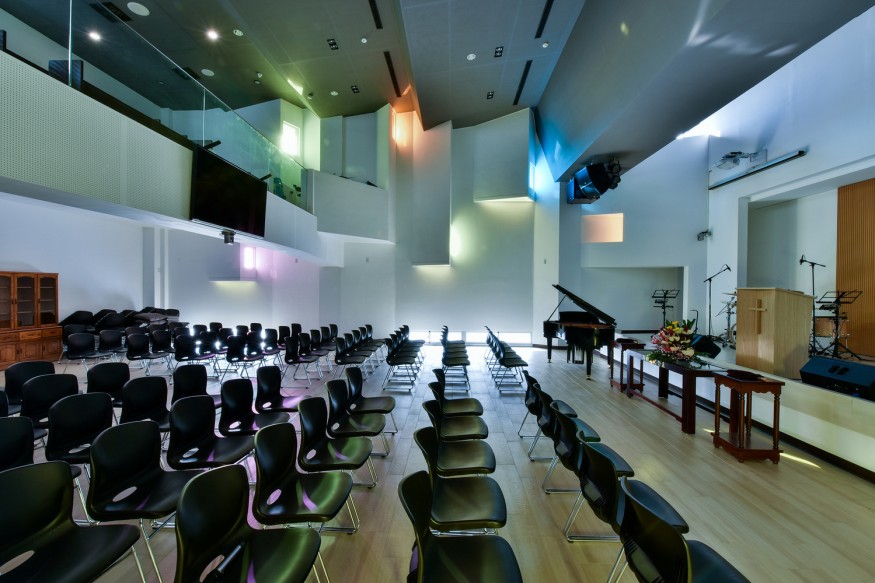
The Evolution of Stained Glass
Early stained-glass windows in churches were relatively small, necessitated by the massive walls and pillars supporting them. However, as architectural styles evolved, larger windows became prevalent, allowing light to be more commanding in the church's atmosphere. Glass-makers discovered that adding various oxides to the glass mixture resulted in absorption at different wavelengths, creating a full spectrum of colored glass. This innovation allowed for crafting intricate scenes by cutting and shaping colored glass sheets, connecting them with lead, and adding detailed painting.
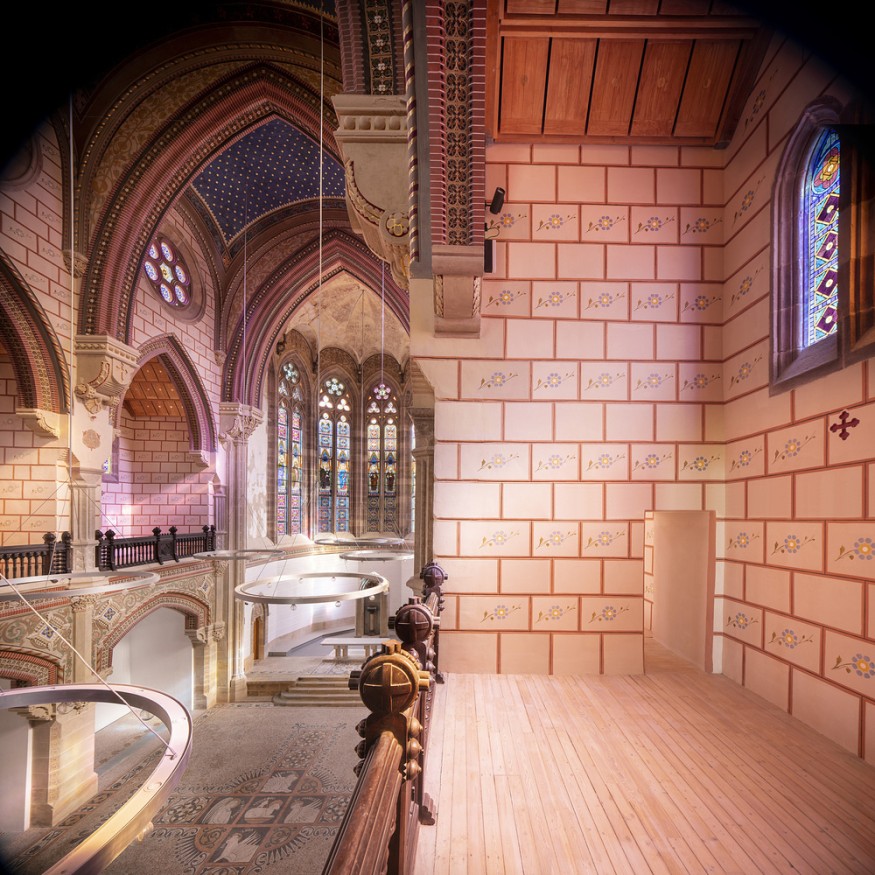
Preservation and Restoration
Many churches in Europe, some nearing a millennium in age, face architectural vulnerabilities demanding restoration or renovation. While features like ornate stonework and stained-glass windows often need preservation, modern churches prioritize restoration over replacement. These artistic elements, with their historical and cultural significance, contribute to the continuity of the sacred spaces they adorn.
Also Read : Pikachu Cards Set for Return to Van Gogh Museum As It Implements Enhanced Security After Causing Riots
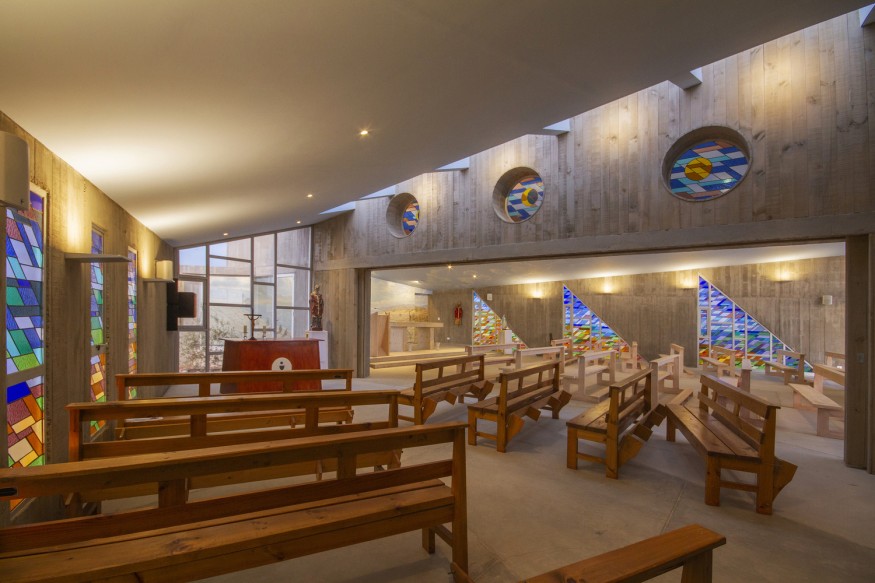
Contemporary Adaptations
Amidst a gradual decline in church attendance over the past century, leaders of restored, renovated, or newly built churches are redefining their spaces to align with modern values. Straying from traditional religious iconography, contemporary stained-glass installations focus on bright and engaging colors, symbolizing a shift towards inclusivity and wellness. These vibrant windows serve as a beacon, inviting individuals of all ages, wealth, genders, and faiths to experience the welcoming embrace of these redesigned church interiors.
Architectural Innovations
Modern churches employ innovative solutions to address the challenges posed by aging structures. Double-skin facades and strengthened glass panels ensure airtight seals, providing bright, dry, and warm communal spaces. This not only preserves the integrity of stained glass but also enhances the overall comfort of the church environment. Additional light sources, directed through stained glass windows, bring the interior to life, even during nighttime services.
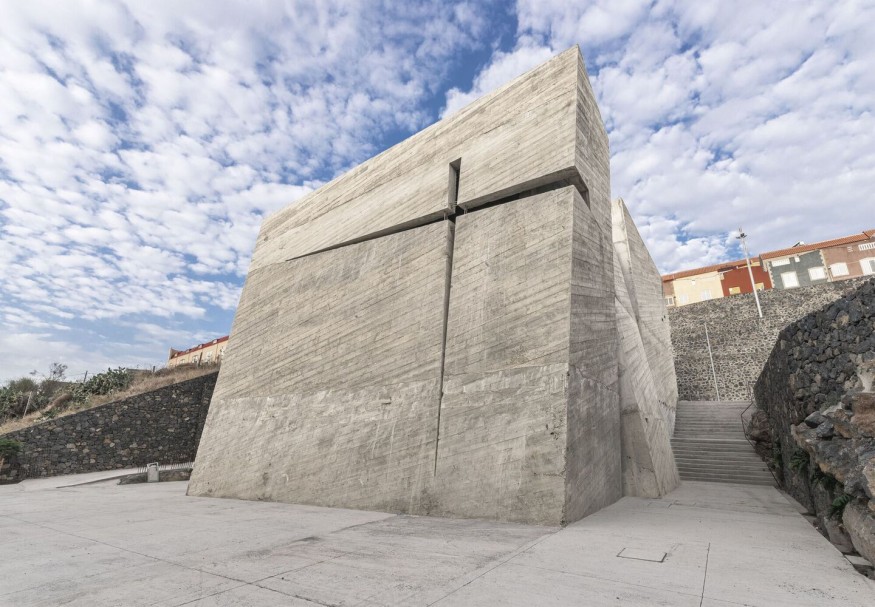
Creative Use of Light
Beyond the traditional use of colored stained glass, architects explore alternative ways to shape light within churches. By altering the shape and formation of windows, iconic representations such as crosses can be projected into the interiors during services. Additionally, perforated facades create a dappled effect reminiscent of organically filtered light, adding a dynamic element to the spiritual experience.
The changing iconography of ecclesiastical architecture, particularly through the evolution of stained glass, reflects a broader societal shift towards inclusivity and contemporary values. As churches adapt to modern sensibilities, these vibrant installations serve as a testament to religious spaces' enduring beauty and adaptability. Whether preserving centuries-old masterpieces or creating new designs that resonate with present-day ideals, contemporary stained glass plays a pivotal role in shaping the aesthetics and atmosphere of churches worldwide.












